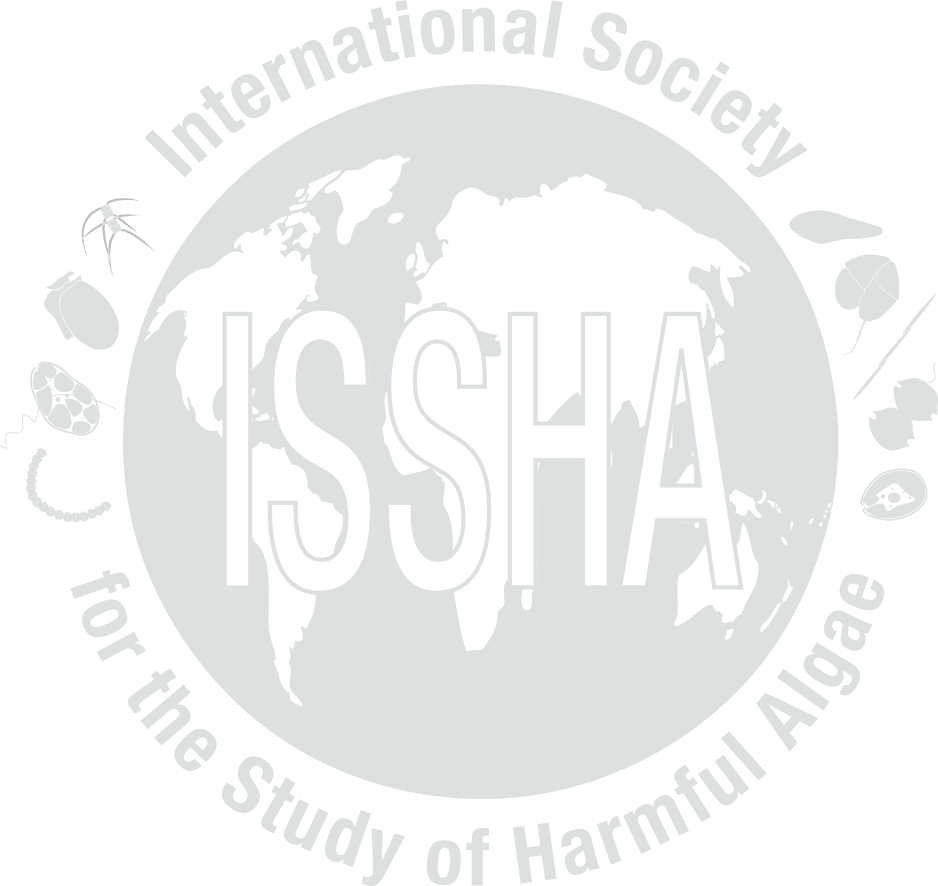


| Event name: | US-08-024 | |
| Country: | UNITED STATES | |
|
Nature of the harmful event: |
Mass mortalities | |
|
Event directly affected: |
Aquatic Mammals | |
| Toxicity detected: | No | |
| Associated syndrome: | ||
| Unexplained toxicity: | ||
| Species implicated in toxin transmission (transvector): | ||
| Report the outcome of a monitoring programme: | No | |
| Event occurred before in this location: | No | |
| Individuals to contact: | LANDSBERG, Jan | |
| Location: | Latitude: , Longitude: | |
| General location information: |
Texas coastal waters, Gulf of Mexico HAB Area code(s): US-18 |
|
| Additional location information: | ||
| Bloom event dates (yyyy/mm/dd): | Start: 2008-02-01, End: 2008-04-30 | |
| Quarantine levels dates (yyyy/mm/dd): | ||
| Additional date-related information: | ||
| Causative organism known: | Yes | |
| Causative Species/Genus: |
Dinophysis ovum Schütt, 1895
( cells/L)
|
|
| Co-Ocurring Species/Genus: |
Pseudo-nitzschia pungens
( cells/L)
Karenia brevis ( cells/L) |
|
| Chlorophyll concentration, if known: | µg/l | |
| Additional bloom information: | ||
| Event-related bibliography: | Fire, S. E., Wang, Z. H., Byrd, M., Whitehead, H. R., Paternoster, J., Morton, S. L., 2011. Co-occurrence of multiple classes of harmful algal toxins in bottlenose dolphins (Tursiops truncatus) stranding during an unusual mortality event in Texas, USA. Harmful Algae 10, 330–336. | |
|
||||||||||||||||||||||||||
| Nutrient information: | ||||||||||||||||||||||||||
| Temperature Range During Event: | Max: °C, Min: °C | |||||||||||||||||||||||||
| Salinity Range During Event: | ||||||||||||||||||||||||||
| Bloom location in the water column: | ||||||||||||||||||||||||||
| Growth: | ||||||||||||||||||||||||||
| Growth Comments | ||||||||||||||||||||||||||
| Additional Environmental information: | ||||||||||||||||||||||||||
|
|||||||
| Kit used: | Type of kit used: | ||||||
| Additional information: | |||||||
| Economic losses: | |||||||
| Management decision: | |||||||
| Additional harmful effect information: | |||||||
